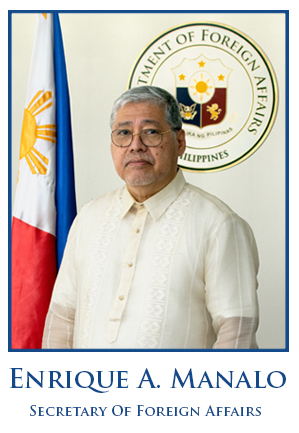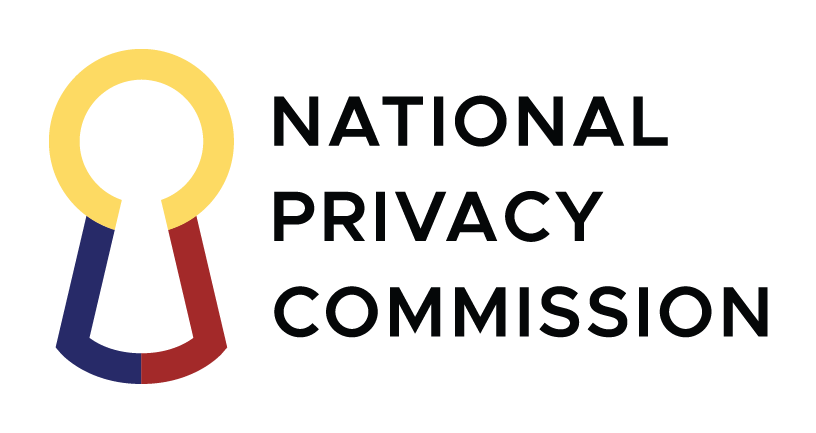HISTORY
Ancient Philippines (700,000 BC est. - 900 AD)
Various prehistoric specimens were found in Cagayan Valley and its surrounding areas in the 1980s during excavations done by the National Museum Cagayan Valley, a satellite office of the National Museum in the Philippines.
Some of the most famous of these specimens found in Cagayan include: 1) the remains of Homo luzonensis, 2) fossils of ancient mammals such as those of pygmy elephants, rhinoceros and pigs, and of extinct reptiles such as those of tortoises. Stone tools associated with them, with ages ranging from 60,000 years to over 700,000 years before present were also found.
Archaeologists also discovered skeletal remains that date back to 30,000 in Tabon Cave, Palawan Island. Around 6,000 years ago, the islands became a maritime staging ground of the great Austronesian migration responsible for a great family of languages stretching from Madagascar, the Indo-Malayan area, to Polynesia, to as far as Hawaii and the Easter Islands. The islands lay along the major Asian maritime trade routes. A testament to this maritime orientation is encapsulated in an 8th-century BC burial jar with a spirit boat figure recovered in Manunggul Cave, Palawan Island.
In Palawan, archaeologists, researchers, and members of the indigenous Pala’wan community discovered artifacts that prove human occupation of the Pilanduk Cave in Palawan some 20,000 to 25,000 years ago or at the heigh of the Last Glacial Maximum (LGM) / Last Ice Age. The excavations of the Pilanduk Cave started in the 1970s.
A archaeological/research team undertook re-excavations of the site and the island of Palawan in October 2016. Analyses of their discoveries showed evidence for foraging behaviors (ecological and behavioral flexibility) of modern humans occupying changing tropical environments (climate and environmental changes) across ca. 40,000 years. The found new data and evidence for specialized deer hunting and freshwater molluscs foraging, LGM fossils for a tiger, and remains of other native mammal and reptile fauna of Palawan were also found by the research team.
The Philippines shared a common culture area with its Southeast Asian neighbors, particularly in the level of agricultural activity and evidenced by the famous Banawe Rice Terraces.
Formation of communities (900 AD - 1896)
From the ninth century AD, numerous incipient chiefdoms flourished along these trade routes such as Manila [Tun-dun], Mindoro [Ma-I], Cebu, Butuan and Sulu. As a result of maritime activity, expatriate communities engaged in trading, seafaring and soldiering were also forming in several Southeast Asian principalities by the sixteenth century.
The Portuguese explorer Ferdinand Magellan inaugurated an era of European presence in the Philippines in the course of his circumnavigation of the world. He was killed in Mactan Island in 1521. Spanish conquest and colonization of the islands only begun after 1565 when Miguel Lopez de Legazpi established a base in the center of the former kingdom of Manila.
Spanish effective rule in the Philippines for more than three centuries was achieved through co-optation of the native leadership, attempts at centralization, conversion to Christianity and forcible conquest of its inhabitants, though not without significant resistance and numerous revolts. The Sultanates of Sulu and Maguindanao in Mindanao Island and some inaccessible hill and mountain groups were able to successfully limit Spanish expansion through diplomacy and determination until the late nineteenth century.
The Quest for Nationhood (1896 - 1946)
 |
Economic growth in colonial Philippines in the nineteenth century created a breed of leaders who articulated nationalist aspirations. It was through the Katipunan, a revolutionary movement led by Andres Bonifacio and inspired by the national hero Jose Rizal (pictured), that a war of independence against Spain was launched in 1896. This went on for two years until Philippine Independence was formally proclaimed by General Emilio Aguinaldo on June 12, 1898 and a Republican government formed, with Aguinaldo becoming the first Philippine President |
The fledgling Philippine Republic, unfortunately, became embroiled in another bitter war of independence, this time against the United States in February 1899. This stemmed from the latter’s decision to acquire the Philippines from Spain through the Treaty of Paris. Despite the capture of President Aguinaldo in 1901, active resistance continued until 1907.
A process of gradual turnover of political autonomy to Filipino leaders was done under American rule. It culminated in the creation of a Philippine Commonwealth government in 1935, with Manuel Luis Quezon as President. After a brief interlude due to the Japanese occupation of the country from 1942 to 1945, full independence from the United States was proclaimed on July 4, 1946 under the presidency of Manuel Roxas.
A Republic Reborn (1946 - present)
Economic growth characterized the post-war years until the onset of perceived political instability led to the declaration of a Martial Law government during the incumbency of President Ferdinand E. Marcos from 1972 to 1981. After a series of political crises, President Marcos was ousted by President Corazon C. Aquino through a bloodless popular revolt in 1986.
The following succeeded Pres. Aquino following their successful election as President:
- Fidel Valdez Ramos (1992 – 1998)
- Joseph Ejercito Estrada (1998 – 2004)
- Gloria Macapagal Arroyo (2004 – 2010)
- Benigno Cojuangco Aquino III (2010 – 2016)
- Rodrigo Roa Duterte (2016 – 2022)
The current president is H.E. Ferdinand Romualdez Marcos Jr.
To learn more about the President and the Office of the President, click here.


